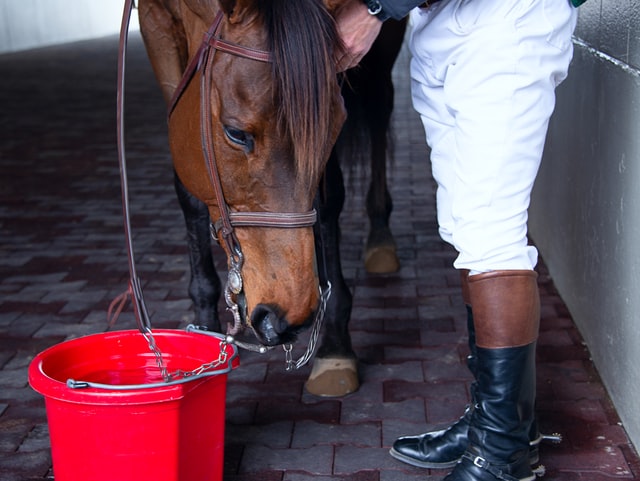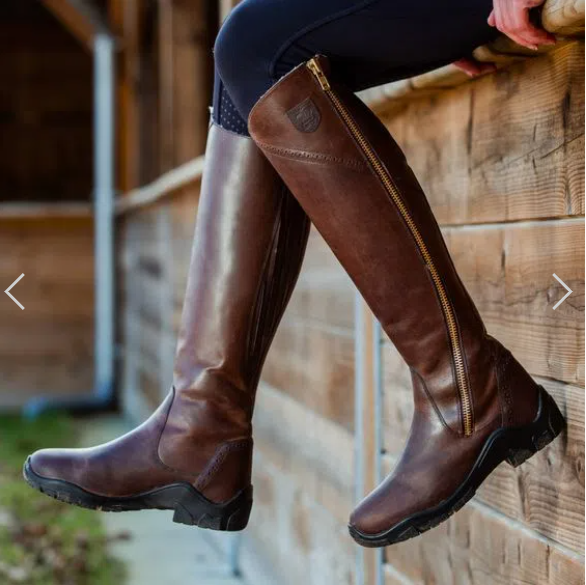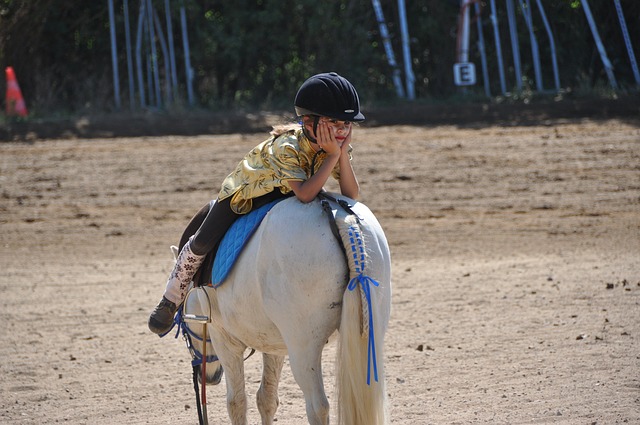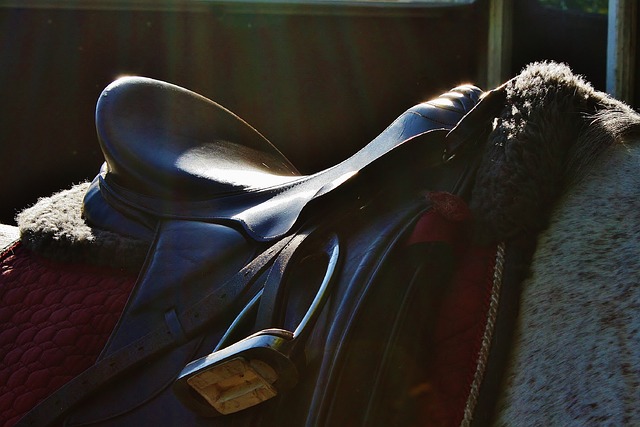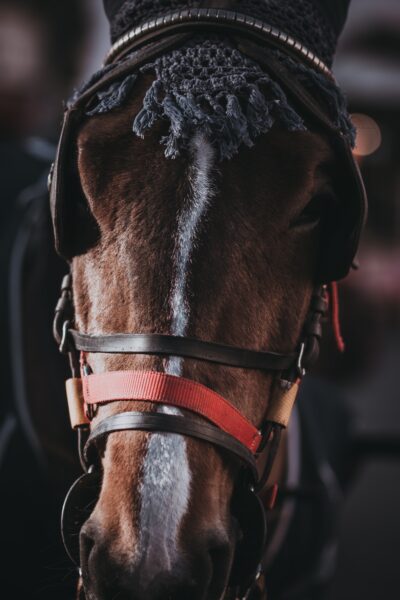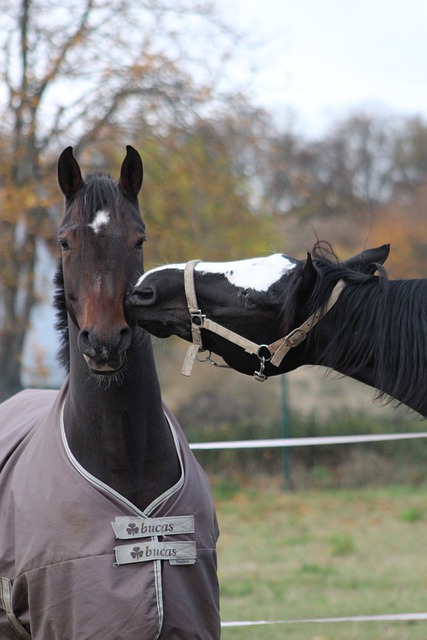Beginner’s Guide to Fitting a Western Saddle
Checking for proper saddle fit seems to be a topic that is becoming more and more popular among equestrians.
When I first started out riding, everyone always talked about saddles by what kind of bars they had, and that’s how you determined what saddle to buy.
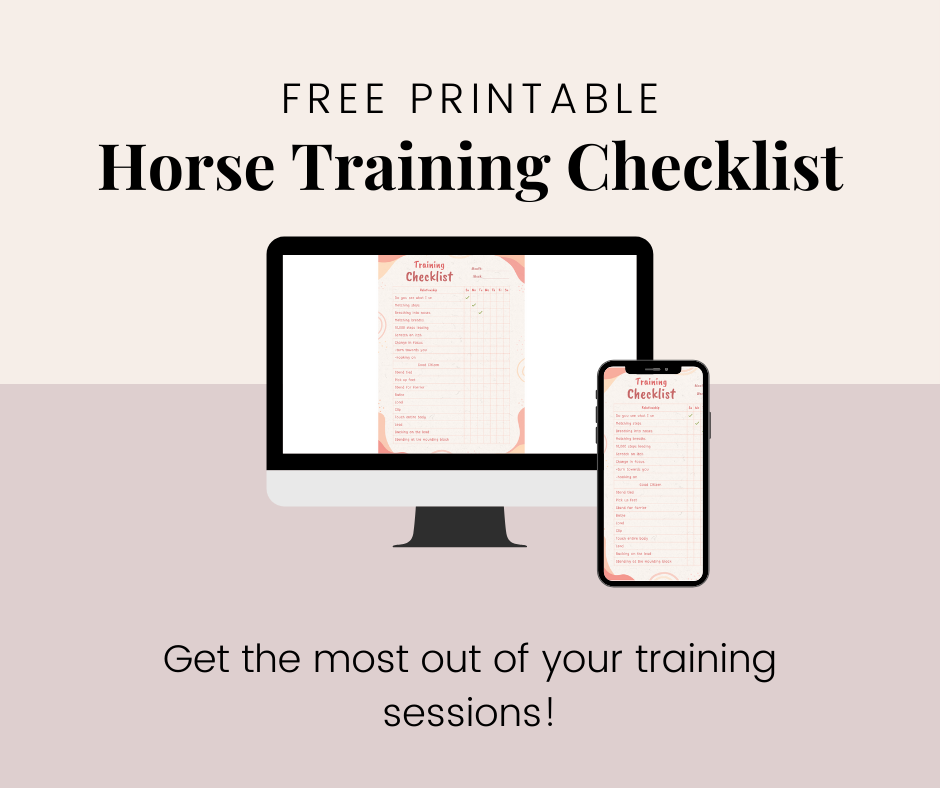
I was always told that if you set a saddle on your horse’s back and it sat level from front to back, it fit and you were good to ride.
Over the last couple years, I’ve learned that this isn’t the only factor that determines good saddle fit.
Western saddles can be particularly difficult to fit.
So often I see people asking for advice on behavioral problems with their horses on Facebook.
Usually, there are multiple responses telling them to have a professional check their saddle fit.
I know that not everyone has access to a professional saddle fitter, so I thought a general guide would be useful to help people learn to check their own saddle to a degree and hopefully be able to determine if it is causing their horse pain.
Beginner’s Guide to Fitting a Western Saddle
1. Consider the Horse You’re Fitting
Before checking your saddle fit or making any decisions on buying a new one, you should first consider the condition and age of the horse you’re fitting.
A horse who is underweight, overweight, or suffers from a poor topline can be difficult.
What currently fits the horse may not be the same as what fits them in 4 months once they are healthier and in better shape.
My advice in these situations is that if you have a saddle that fits sufficiently, even if it needs to be padded or shimmed to fit, stick with it until you get your horse to a body condition you plan on him being at typically.
It is useless to buy a saddle for a horse that’s 200 lbs underweight, only for them to gain the weight and the new saddle not fit then either.
2. Checking Your Saddle Fit
To check your saddle fit, position the saddle on your horse’s back without a pad underneath it.
Make sure you are placing the saddle in the correct position on the horses back.
It is ok if the skirting comes up over the horses shoulder, but the tree of the saddle itself should sit just behind the shoulder to avoid inhibiting movement and pinching the shoulder.
If you stand back and look at the saddle, it should look level from front to back.
If the front is up higher, the tree is most likely too narrow for the horse.
If the front is sinking down, the tree is most likely too wide for the horse.
To some degree, shims can be used in this case, but should not be used excessively.
Next you should check the gullet clearance.
This will likely go hand in hand with whether or not the saddle is sitting level.
You should be able to fit two to three fingers between your horse’s withers and the top of the gullet.
Some saddles that sit down too low in the front can be shimmed to bring them up to where they should be.
Sometimes these saddles will pop up in the back from leaning too far forward, a back cinch can be used to keep the saddle from bouncing up and down.
If the gullet is sitting on your horse’s withers you should find a different saddle as this can cause serious pain and discomfort to the horse.
Unfortunately if the saddle is sitting too high up on the withers, it is likely your tree is too narrow and will need to be replaced as it is probably pinching your horse.
Shims can only help you if the saddle is wider than your horse needs, you can’t fix too narrow with shims.
Finally, if your saddle has looked good this far, you should check along each side of the saddle for bridging.
To do this, put your hand up underneath the saddle, and run it down the length of it.
You should be feeling contact with the horse and the saddle along the entire length of the back.
If you find areas that the saddle is not in contact with the horse’s back, the saddle is bridging.
This means that rather than your weight being evenly distributed over the entirety of the tree, the tree may be digging into the horse’s back in the places that it is coming into contact with it.
For smaller areas of bridging, shims can be placed to help.
But, if you find your saddle is bridging across large areas, and is making very little contact with your horse’s back, it is best to find a new saddle to use to avoid causing pain and discomfort to the horse.
Another way that you can double check your saddle fit is by keeping a watchful eye on your horse’s back sweat patterns.
When you remove your saddle, the sweat marks should be uniform over the entire area that your saddle was sitting.
If you are seeing dry spots, or areas where the hair seems to be roughed up, your saddle is most likely bridging or pinching on your horse.
It is good practice to keep an eye on sweat marks because, as I stated above, as a horse’s body changes so can the fit of their saddle.
You may need to make adjustments to your shims periodically to keep your horse’s back as happy as possible.
In the Market for a New Saddle?
Buying a saddle can be stressful. Without having your horse physically with you to try the saddle on, it’s almost impossible to look at a saddle and say with confidence “That will definitely fit my horse.”
What makes the buying process even more difficult, is there is no standardization of saddle trees.
So tree measurements differ by style and manufacturer.
This means that when looking at two saddles, that both have QH bars, but are two different brands, the tree measurements may be totally different from one another.
Typically, gullet width is standardized close to as follows:
- Semi-QH Bars: 6 – 6-¼” gullet
- QH Bars: 6-½ – 6-¾” gullet
- Full QH Bars: 7” gullet
- Arabian Bars: 6-½ – 6-¾” gullet, shorter then QH bars
- Gaited Bars: 6-¾ – 7” gullet, usually higher gullet
- Haflinger Bars: 7-½” gullet, for short backed, mutton withered horses
- Draft Bars: 8” gullet
A good way to help check a saddle when you don’t have your horse is to make a back template.
This is easily done by taking a flex ruler or piece of wire and pressing it down over the horses back, just behind the shoulders.
You then take the shape and trace it onto a piece of cardboard or thicker paper.
You can bring this with you to hold underneath saddles you are interested in to check if the width and angles match that of your horse’s back.
This will not tell you if the saddle may or may not bridge on your horse’s back.
But it can give you some confidence when selecting a saddle.
It can be difficult when buying saddles from salesmen as they will try to talk you into a saddle whether you think it will fit your horse or not.
The most famous line I have heard is, “Just get a good built up pad and you’ll be fine.”
As I stated above, shimming to perfect the fit of a saddle is fine, and will be needed about 90% of the time, but you should not have to shim your saddle to make it fit.
Do not let salesmen talk you into a saddle you don’t think is going to fit your horse because you know your horse best and most likely, you are right.
I highly recommend Horse Saddle Shop for finding saddles that fit your horse.
Their customer service is excellent and they also have a saddle fit guide as well as their EZ Saddle Fit Tool.
Both are excellent resources for anyone looking to buy a saddle!
Hopefully this guide helps save some people the stress that goes along with an ill-fitting saddle.
It can be a difficult concept to learn, but, once you’ve learned about it, you’ll never be able to put a saddle on your horse that doesn’t fit them again.
Have any tips you use for checking saddle fit? Leave them in the comments!

Lauren is an internationally published author, trainer, and has helped hundreds of horse-rider combinations create lasting bonds and the success they desire. Check out Lauren’s incredible story: From horse-crazy girl to international equine educator. Or if you want to send Lauren a quick message, check out her contact page here.
